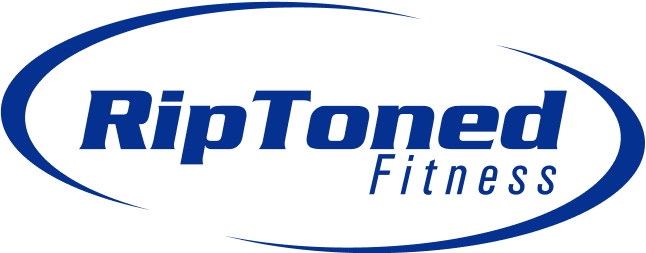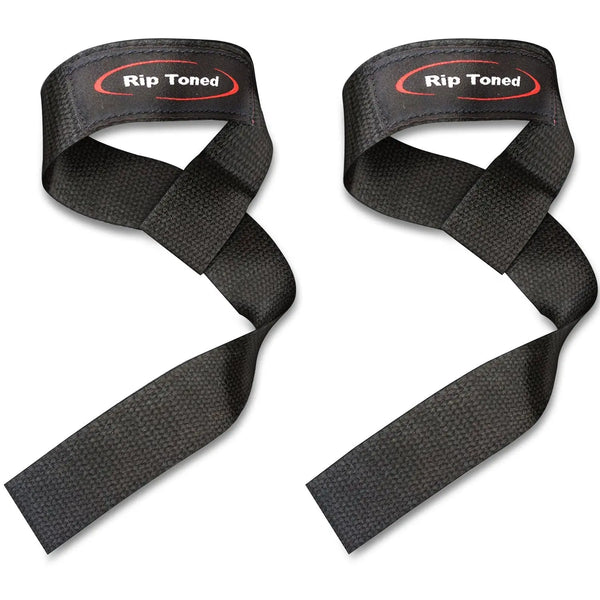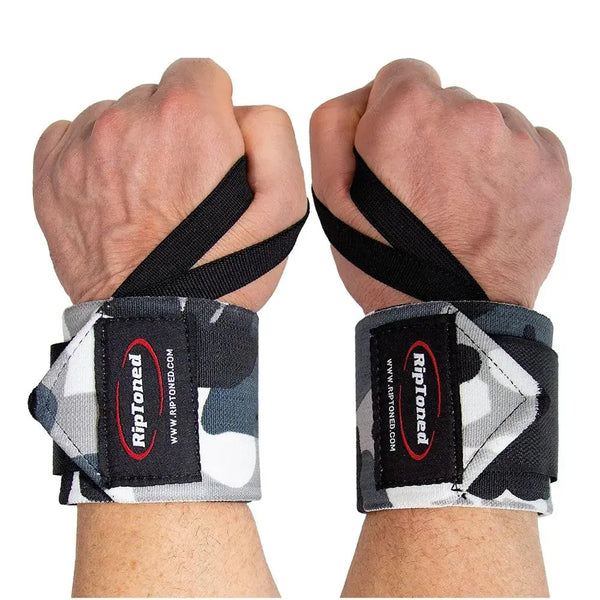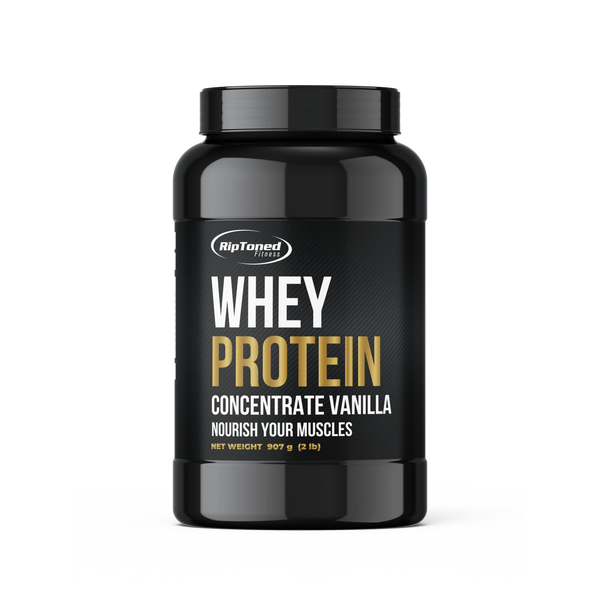
Does Weightlifting Count As Cardio
Mark PasayShare
Weightlifting and cardio are two major forms of exercise that have gained popularity in recent years.
Though both have their benefits, there is often confusion about whether weightlifting can be considered as a form of cardio or not. Weightlifting involves strength training exercises that target specific muscle groups, while cardio focuses on increasing heart rate and endurance through activities like running, cycling, or swimming.
While weightlifting may not seem to fall into the traditional definition of cardiovascular exercise, it does provide numerous cardiovascular benefits. Incorporating weightlifting into your workout routine can lead to improved heart health and increased calorie burn even after your workout session ends.
In this article, we will delve deeper into the question - Does weightlifting count as cardio? We will explore the benefits of weightlifting for cardiovascular health, compare it with traditional forms of cardio, and discuss how to incorporate weightlifting into your workout routine for optimal results.
What Is Cardiovascular Exercise?
Cardiovascular exercise, often referred to as cardio, encompasses any physical activity that raises your heart rate and boosts blood circulation throughout the body. This type of exercise is primarily designed to improve the efficiency of the cardiovascular system, which includes the heart, lungs, and blood vessels.
Common examples include running, cycling, swimming, and aerobic dance classes. Cardio workouts are typically characterized by sustained, rhythmic movements that engage large muscle groups, allowing for a steady increase in heart rate.
The benefits of regular cardiovascular exercise are numerous. Not only does it help burn calories and facilitate weight loss, but it also enhances overall endurance and stamina.
Furthermore, cardio helps to lower the risk of chronic diseases such as heart disease, diabetes, and hypertension by improving heart health and promoting better blood flow. Incorporating a variety of cardio exercises into your fitness routine can also aid in boosting mood and reducing stress levels, thanks to the release of endorphins during physical activity.
The Benefits of Weightlifting for Cardiovascular Health
While weightlifting may not seem like a typical cardiovascular exercise, studies have shown that it can provide numerous benefits for heart health. Weightlifting involves using weights or resistance to build strength and muscle mass, which also leads to various cardiovascular improvements.
One major benefit of weightlifting is that it can increase resting metabolic rate (RMR), meaning that your body burns more calories at rest. This is due to the fact that muscles require energy even when not in use, leading to a higher overall calorie burn throughout the day.
Additionally, weightlifting has been shown to improve blood pressure and cholesterol levels, two key factors in maintaining a healthy cardiovascular system. It also helps increase bone density and reduce the risk of osteoporosis.
Furthermore, weightlifting can improve balance and coordination, important for preventing falls and injuries as we age. It also promotes better posture and overall body strength, leading to improved physical performance in other activities.
Does Weightlifting Count As Cardio?
Now that you know about the benefits of weightlifting for cardiovascular health, you may be wondering if it can be considered a form of cardio exercise. The answer is yes and no.
While traditional forms of cardio, such as running or cycling, primarily focus on raising heart rate and improving endurance, weightlifting provides more targeted benefits, such as increased muscle strength and bone density.
However, some forms of weightlifting have a cardiovascular component, particularly when done at a high intensity with shorter rest periods between sets. This can lead to an increase in heart rate and calorie burn, similar to that of traditional cardio exercises.
Incorporating weightlifting and traditional cardio into your fitness routine can provide well-rounded benefits for overall health. Weightlifting can also be considered a complementary form of exercise to traditional cardio, providing added cardiovascular benefits while targeting specific muscle groups for strength and performance.
How To Incorporate Weightlifting Into Your Workout Routine
If you're looking to incorporate weightlifting into your existing workout routine, it is important to start slow and gradually increase the intensity and weight over time. This will help prevent injuries and allow your muscles to adapt and grow.
Consulting with a certified personal trainer can also be helpful in creating an individualized weightlifting plan that caters to your fitness level and goals. Additionally, incorporating weights or resistance bands into traditional cardio exercises such as squats or lunges can add a strength element to your routine.
Integrating weightlifting into your workout routine can also be done through circuit training, where you alternate between weightlifting and cardio exercises in a timed sequence. This helps keep your heart rate elevated while providing strength training benefits.
Related Products
Remember to listen to your body and take rest days when needed. Proper form is also crucial in weightlifting to prevent injuries, so it's important to seek guidance from a professional if necessary.
Can Weightlifting Be Your Only Form of Cardio?
While weightlifting certainly provides many cardiovascular benefits, it is not recommended to rely on it as your only form of cardio exercise. As mentioned, traditional cardio exercises provide unique benefits not targeted through weightlifting.
In addition, incorporating different types of cardio into your workout routine can prevent boredom and plateaus. Alternating between weightlifting and cardio workouts also allows for adequate recovery time for muscles while still maintaining a consistent fitness routine.
Variety is key when it comes to achieving optimal health and fitness levels. Incorporating both weightlifting and traditional forms of cardio into your fitness routine can provide well-rounded benefits for overall physical and cardiovascular health.
Also, keep in mind that nutrition plays a crucial role in achieving fitness goals. A balanced diet with adequate protein intake is important for building and maintaining muscle mass when weightlifting.
Why A Balanced Fitness Routine Is Important
Both weightlifting and traditional forms of cardio have their unique benefits for cardiovascular health. While weightlifting can provide targeted improvements in muscle strength and bone density, traditional cardio exercises are essential in maintaining heart health and overall endurance.
A balanced fitness routine that incorporates both weightlifting and cardio is important for achieving optimal physical and cardiovascular health. It also helps prevent boredom and injuries by varying the types of exercises performed.
Remember to always listen to your body and consult with a professional if necessary. With consistency, dedication, and a well-rounded fitness routine, you can achieve your health and fitness goals while reaping the many benefits of weightlifting and cardio. So get out there and start lifting those weights for a strong and healthy heart!
Tips for Incorporating Weightlifting into Your Routine
To help you get started on incorporating weightlifting into your fitness routine, here are some tips to keep in mind:
- Start slow and gradually increase weight: As mentioned before, it's important to start with lighter weights and gradually increase the weight over time. This will prevent injuries and allow your muscles to adapt. Additionally, it's important to maintain proper form throughout your exercises.
- Consult with a professional: If you're new to weightlifting, it can be helpful to consult with a certified personal trainer who can create an individualized plan for you based on your fitness level and goals. They can also provide guidance on proper form and technique.
- Incorporate weights into traditional cardio exercises: Adding weights or resistance bands to exercises like squats, lunges, or even running can add a strength element to your cardio routine.
- Try circuit training: Alternating between weightlifting and cardio in timed intervals is a great way to keep your heart rate elevated while incorporating strength training into your routine.
- Listen to your body and take rest days: It's important to listen to your body and take rest days when needed. Overtraining can lead to injuries and setbacks, so give your muscles enough time to recover.
By following these tips, you can safely and effectively incorporate weightlifting into your workout routine and reap all the benefits it has to offer. Remember, consistency is key, so keep at it and watch yourself become stronger and healthier with each session!
FAQs
Does weightlifting count as a cardio workout?
Weightlifting primarily counts as anaerobic exercise, but it can contribute to cardiovascular fitness when performed with high intensity and minimal rest between sets, similar to interval training. While traditional cardio workouts focus on continuous moderate-intensity aerobic exercise, weight lifting can also elevate heart rate and improve cardiovascular health, especially when integrated into strength training sessions.
Can weight training help with losing weight?
Yes, weight training can help with losing weight by building muscle mass, which increases the body's metabolic rate. This means you burn more calories even at rest. Additionally, weight resistance training sessions can contribute to intra-abdominal fat reduction and overall body weight management when combined with a proper diet and aerobic exercise.
How does weightlifting compare to aerobic exercise for cardiovascular fitness?
Weightlifting is primarily an anaerobic exercise, focusing on building muscle strength and endurance. However, when performed in a circuit or with short rest intervals, it can also have cardiovascular benefits similar to aerobic exercise. Combining weight lifting with aerobic activities provides a balanced workout that enhances muscle strength and cardiovascular fitness.
Is weight training enough to meet the recommendations for moderate-intensity aerobic exercise?
Weight training alone may not fully meet the recommendations for moderate-intensity aerobic exercise, which typically involves sustained activities like running, cycling, or swimming. However, incorporating high-intensity weight lifting or circuit training into your routine can complement aerobic exercise and contribute to overall cardiovascular fitness and weight loss goals. For optimal health benefits, it's advisable to combine both aerobic and anaerobic exercise in your fitness regimen.
Conclusion
Incorporating weightlifting into your workout routine can provide numerous benefits for physical and cardiovascular health.
While it is not recommended to rely solely on weightlifting as your only form of cardio, a balanced fitness routine that includes both weightlifting and traditional forms of cardio can lead to optimal results.
Remember to start slow, maintain proper form, listen to your body, and consult with a professional if needed. With consistency and dedication, you can achieve your fitness goals while reaping the many benefits of weightlifting. So go ahead and give it a try – your heart (and muscles) will thank you!

Related Posts
-

POWERLIFTING THE RIGHT WAY
-

Unlock Your Strength Potential: Conquer Weak Grip Strength Now
-

Bench Press to Success - Mastering your form
-

5 Tips for Women to Build Lean Muscle Tone in 2024
-
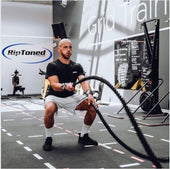
How to Get the Most Out of a Lifting Session
-

Working Out Under the Weather
-

The Lesser-known Benefits of Weightlifting
-

How Weight Training Supports Immune Health
-

The History of Weightlifting
-

Rest up to build up
-

4 Tips to Improve Lifting Gains The Right Way
-

4 Tips to Prevent Training Injuries
-

Top 3 Work Out Myths EXPOSED!!
-

Common Lifting Injuries (And How to Avoid Them)
-

Hit the Gym or Stay at Home?
-

Weightlifting Benefits – Many Health Benefits for Men and Women
-

How Many Times a Week Should I Deadlift? A Guide to Deadlift Frequency and Programming
-

Can Deadlifts Hurt Your Back? Understanding Risks and Prevention
-

Why Does Whey Protein Make Me Sick
-

Can Protein Powder Upset Your Stomach
-

What To Mix Unflavored Protein Powder With
-

Crush Your PRs: The Gradual Strength Increase Guide for CrossFitters
-

Whey vs Collagen Protein: Which Is Best for You?
-

Can I Take Whey Protein Without Working Out? What You Need to Know
-

Why Does Whey Protein Hurt My Stomach: Causes and Solutions
-

Boost Your Run: Should You Take Pre-Workout Before Running?
-

Top Pre-Workout Benefits: Boost Energy and Enhance Performance
-
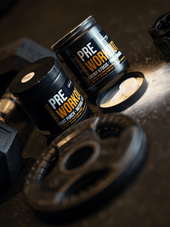
How Long Does Pre-Workout Take to Kick In? Find Out Here!
-
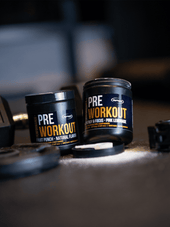
How Long Does Pre-Workout Last? Your Essential Guide
-

Does Pre-Workout Give You Pimples
-

How Long Does Pre-Workout Stay in Your System
-

When Should I Take Pre-Workout
-

Can I Mix Creatine With Pre-Workout
-

Long Term Side Effects of Pre-Workout Supplements
-

How Much Caffeine in Pre-Workout
-

Pre-Workout Alternatives
-

Does Pre-Workout Break a Fast
-

What to Eat Pre-Workout
-

What is In Pre-Workout
-

Advantages of Pre Workout Supplements
-

How To Get Rid Of Pre Workout Itch
-

How To Make Your Own Pre Workout
-

How Many Scoops Of Pre Workout Should I Take
-

How Bad Are Pre Workouts For You
-

How Long Before A Workout Should I Take Pre-Workout
-

How Much Caffeine Is In Bucked Up Pre Workout
-

How Long Does Pre Workout Increase Blood Pressure
-

What Does Pre Workout Do
-

Can I Use Sprite As Pre Workout
-

Can Supplements Boost Weightlifting Motivation
-

Why Do Weightlifters Wear Belts
-

Does Lifting Weights Cause Varicose Veins? What You Need to Know
-

Does Lifting Weights Affect Uterus Health? What Women Need to Know
-

How Lifting Weights Can Affect Your Sex Drive: Does Lifting Weights Make You Horny?
-

Why Don't I Sweat When I Lift Weights? Understanding the Causes
-

Why Are Physical Fitness Attitudes Important? Insights & Benefits
-

Why is Anytime Fitness So Expensive? Understanding Membership Costs
-

Substitute For Whey Protein Powder In Keto Baking
-

How Many Calories Does 1 Hour of Weightlifting Burn
-

A Guide To Cleaner Protein Supplementation
-

What Causes The Frothiness in Your Fitness Drink
-

How to Take Collagen Safely After a Gastric Bypass: Essential Tips
-

Why Do Protein Shakes Make Me Nauseous? Top Reasons and Solutions
-

Why Does My Stomach Hurt After Protein Shake? Understanding Your Digestive Discomfort
-

Can I Take Collagen After Gastric Bypass
-

Why Does My Protein Shake Foam
-

Best Belt for CrossFit: Complete Guide 2025
-

Rip Toned vs SBD Belts: Which Brand Offers Better Value and Performance?
-

The Complete Guide to Women's Weightlifting Belts
-
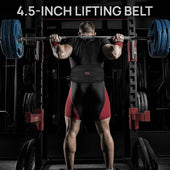
Should Beginners Use a Weightlifting Belt
-
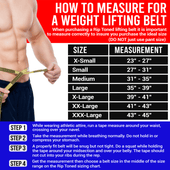
10mm vs 13mm Belt Thickness: The Complete Guide
-

Prong Buckle vs Lever Buckle Belts: The Ultimate Comparison Guide
-

Powerlifting Belts vs Bodybuilding Belts
-

Weightlifting Straps vs. Lifting Hooks: Which is Better?
-

How to Treat Weightlifters Elbow
-

Should You Use Lifting Straps During Bicep Curls for Better Gains?
-

Weightlifting Straps vs. Bare Hands
-

Benefits of Using Weightlifting Straps in Training
-

Mistakes to Avoid When Using Weightlifting Straps
-

Wrist Wraps While Doing Curls
-

Should I Use Wrist Wraps for Bench Press
-

How to Clean Wrist Wraps
-

Are Wrist Wraps Necessary
-

The Ultimate Deadlift Guide: From Form to Performance
-

What Exercises to Use Wrist Wraps For?
-

Are Wrist Wraps Cheating on Bench?
-

Do Wrist Wraps Make You Stronger?
-

Do Wrist Wraps Help With Grip Strength
-

When to Start Using Wrist Wraps
-

Best Weightlifting Belts 2025: Ultimate Buyer's Guide
-

How to Measure for a Weightlifting Belt
-

Can Wrist Wraps Boost Your Grip Strength in Weightlifting?
-

Should You Use Wrist Wraps for Bench Press and Overhead Press?
-

Do Wrist Wraps Help with Wrist Pain During Strength Training? Find Out Here
-

How Can Wrist Wraps Prevent Injury During Heavy Lifting?
-
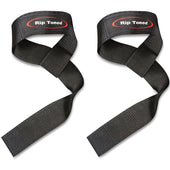
How Do You Use Weightlifting Straps: A Simple Guide for Better Lifts
-

How to Pick a Lifting Belt: A Practical Guide for Every Lifter
-

How to Measure for Lifting Belt
-

Do Weight Lifting Belts Help Lower Back Pain
-

Do I Need a Lifting Belt
-

Purpose of Weight Lifting Belt
-

When to Use a Lifting Belt
-

What Does A Lifting Belt Do
-

What Do Wrist Wraps Do For Lifting
-

How To Wrap A Wrist For Carpal Tunnel
-

How To Wrap Wrist For Pain
-

What Are Wrist Wraps For
-

How Do You Use Weightlifting Straps
-

Why Is Mental Focus Important in Powerlifting? The Key to Peak Performance
-

Can Bodybuilding Help with Fat Loss? Discover Proven Benefits
-

Mastering the Basics: How to Improve Your Powerlifting Technique
-

Why Is Proper Form Crucial in Powerlifting? Tips for Safe and Effective Lifting
-

Can Powerlifting Increase Athletic Performance? Exploring Strength Gains and Sport Benefits
-

Top Tips on How to Avoid Common Injuries in Bodybuilding
-

Why Is Recovery Essential in Bodybuilding: Key Strategies and Benefits
-

Can Powerlifting Improve Overall Fitness? Explained
-

How Many Deadlifts Should I Do?
-

How Much Can a 17 Year Old Deadlift? Average Weights and Tips
-

Why Aren’t My Arms Growing as Fast as My Chest? Top Reasons Explained
-

How to Do Back Compression Deadlift: Best Tips for Pain-Free Lifting
-

Why Is My Bench Press Not Increasing
-
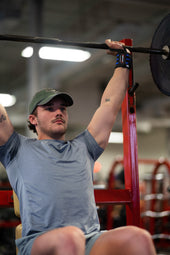
Unlock Your Potential: How to Get Stronger Gradually
-

Unlock Muscle Growth: Understanding What Is the 6-12-25 Rule
-

5 Lbs of Muscle in a Month? Let's Get Real
-

Get that celebrity booty in 10 easy to do work out routines
-

A.M. vs P.M. Workouts
-

Fasting Do’s and Dont's
-

5 Surprising Sources of Protein
-

Home Workout Upgrade Must-haves
-

Top 5 Reasons You Aren’t Reaching Your Weightlifting Goals
-
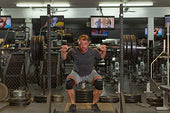
Squats: A Must in Weightlifting and for Strength Training
-

Weightlifting Routines for Men, Women and Beginners
